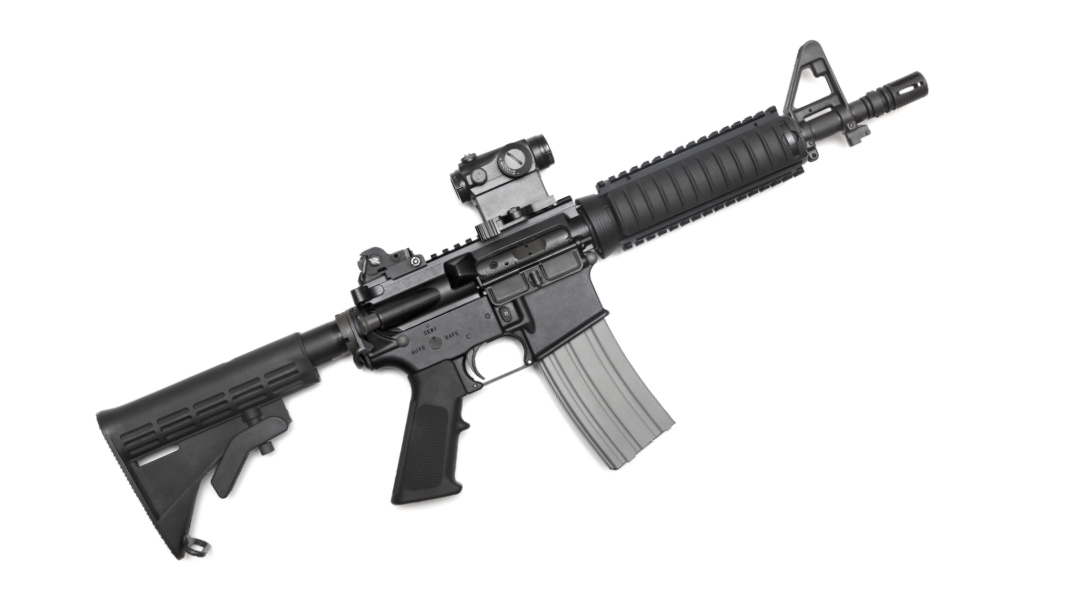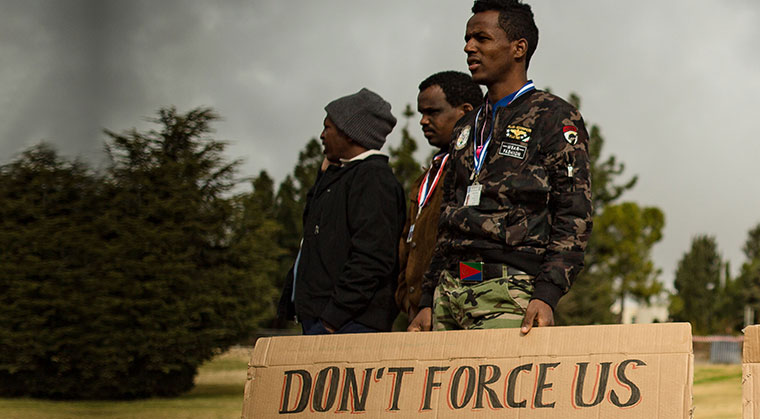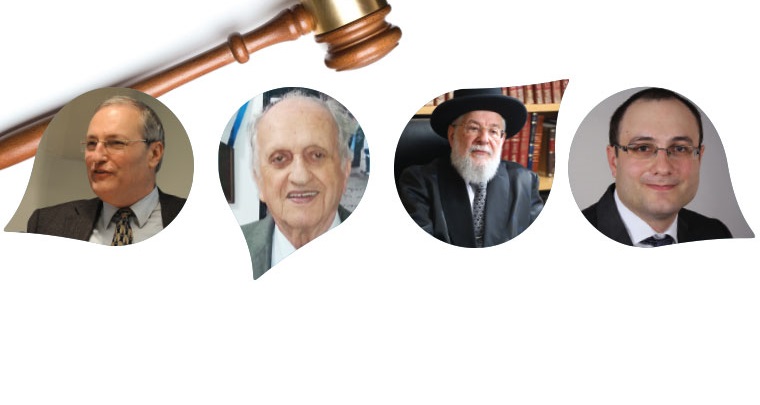What Can Be Done to End America’s Mass Murders?

Gun control is another front in the culture wars, with liberals and conservatives divided over the solution

Within 13 hours this week, America’s ongoing gun carnage had claimed another 29 lives in two separate locations. El Paso and Dayton join Las Vegas, Parkland, and Virginia Beach as places synonymous with mass shootings, which are now a gruesome feature of American life, bringing death to culture events, schools, and places of worship.
And yet, unlike Europe where mass shootings have led to legislation severely restricting gun ownership, the US’s Second Amendment, guaranteeing the right to bear arms, makes that difficult.
That America has a gun problem is undisputed, with gang warfare, terrorism (both of the Islamic and far-right varieties), and nihilistic attacks such as school shooting now regular events. Yet gun control is another front in the culture wars, with liberals and conservatives divided over the solution.
In the wake of the latest violence, both sides answer the question: What can be done to end the mass murder in America?
Kris Brown, president of gun control organization Brady United:
Every day, 100 people are shot and killed in America. Some are murdered in mass shootings, such as the recent tragedies, but so many others are victims of everyday gun violence that never makes the news. From government buildings to schoolyards, from synagogues to churches, from movie theaters to concert venues, there’s seemingly nowhere in our country that is safe from gun violence.
Many would have you believe that despite this epidemic, there’s simply nothing we can do, that the Second Amendment blocks any and all gun safety laws. But that’s just not true. Just as the First Amendment doesn’t protect your right to yell “fire!” in a crowded movie theater, there are a number of reasonable restrictions on firearms that are entirely consistent with the Constitution.
In the recent attacks, the shooters used large capacity magazines, a military device that exists only to enact maximum destruction. They, along with assault weapons and bump stocks, are weapons of war that have no business in places of peace. Seven states and the District of Columbia have taken action to ban assault weapons, and we need to reenact the federal assault weapon ban that was in place from 1994 to 2004.
We can also take action to temporarily remove guns from people in crisis through extreme risk laws. Now in place in 15 states and D.C. with more under consideration, extreme risk laws allow a family member, law enforcement, or other key individuals to work through the justice system to demonstrate that someone is a risk to themselves or others and should not possess guns at that time. These laws would have had an impact to prevent mass shootings — the Parkland shooting first and foremost — but also would have a tremendous effect preventing suicides by guns.
And perhaps one of the most effective ways to keep guns out of dangerous hands is to expand Brady background checks to all gun sales. Thanks to the Brady Law, federally licensed gun dealers are required to conduct a background check before every gun sale. But since the bill was passed in 1994, we’ve seen an explosion of private sellers over the Internet and at gun shows that are able to skirt the law, resulting in one in five guns being sold today without a background check. Earlier this year, the US House of Representatives passed a bill that would require a Brady background check to be conducted on all private gun sales. We need the Senate to follow suit and pass expanded background checks into law.
Each and every one of these solutions will protect Americans from gun violence while respecting the Second Amendment and the rights of gun owners. We need to take action, not sides, to fight the epidemic of gun violence and to keep our communities safe.
Jonathan Blanks, Cato Institute Project on Criminal Justice:
For good or ill, the United States is home to many millions of firearms, and mass confiscation is legally and politically infeasible. But as mass shootings seemingly become more frequent, it is clear that some public policy response is necessary. While gun-focused policies such as magazine capacity limits, “assault weapon” bans, and expanded background checks for all firearm purchases may seem like common sense, US government data shows that such measures would likely have no measurable effect on gun crime and would, at best, make a marginal difference in casualty figures. For these reasons, policymakers should focus on the main drivers of gun deaths instead of focusing so much energy on the firearms themselves.
Suicide is the leading cause of US gun deaths. Roughly two-thirds of the estimated 36,000 American gun deaths each year are suicides — and that figure represents about half of all American suicides. (Of the remaining gun deaths, the majority are homicides from urban conflicts and domestic violence.) In 2017, there were about 3.24 suicides of any kind for every firearm homicide. Data also show the United States’ suicide rate is increasing. Suicide is a growing national problem that is only partially attributable to guns and it does not earn representative media attention.
Mass shootings, on the other hand, make up a small fraction of one percent of gun deaths every year. According to a database maintained by Mother Jones, a publication that favors stricter gun control, there have been 932 fatalities and 1,406 injuries in the 114 mass shootings in the United States since 1982. The randomness of mass shootings and the vulnerability they engender amplify fear among the public but, relatively speaking, they are very rare.
Finally, the vast majority of gun crimes, including most mass shootings, are committed with handguns. Even if Congress passed another assault-weapons ban and magazine limit as it did in 1994, such a bill will not substantively address the problem of mass shootings, and government-funded research suggests its effect on other gun crime would be negligible. Such a ban would likely be constitutional, but it would also require considerable political capital that could be better spent on more effective policies.
Our national “gun problem” is actually a number of issues that drive people toward suicide, urban violence, intrafamily homicide, and mass murder. We need to find better ways to identify those issues and interdict these tragedies before they happen. In our environment of hundreds of millions of guns, tweaking gun laws will not be sufficient to make America markedly safer from mass shootings or other violence.
The US gun obsession
270 million — number of firearms owned by the 329 million US citizens, which is 40% of the total worldwide, for just 4.4% of the global population.
But only 30% of US adults own guns, with 29% owning five or more.
The AR-15 is the most popular assault-weapon style gun, with 15 million owned by Americans.
Handguns are most common, with 72% of gun owners in possession of one, and 62% owning a rifle.
(Originally featured in Mishpacha, Issue 772)
Oops! We could not locate your form.











